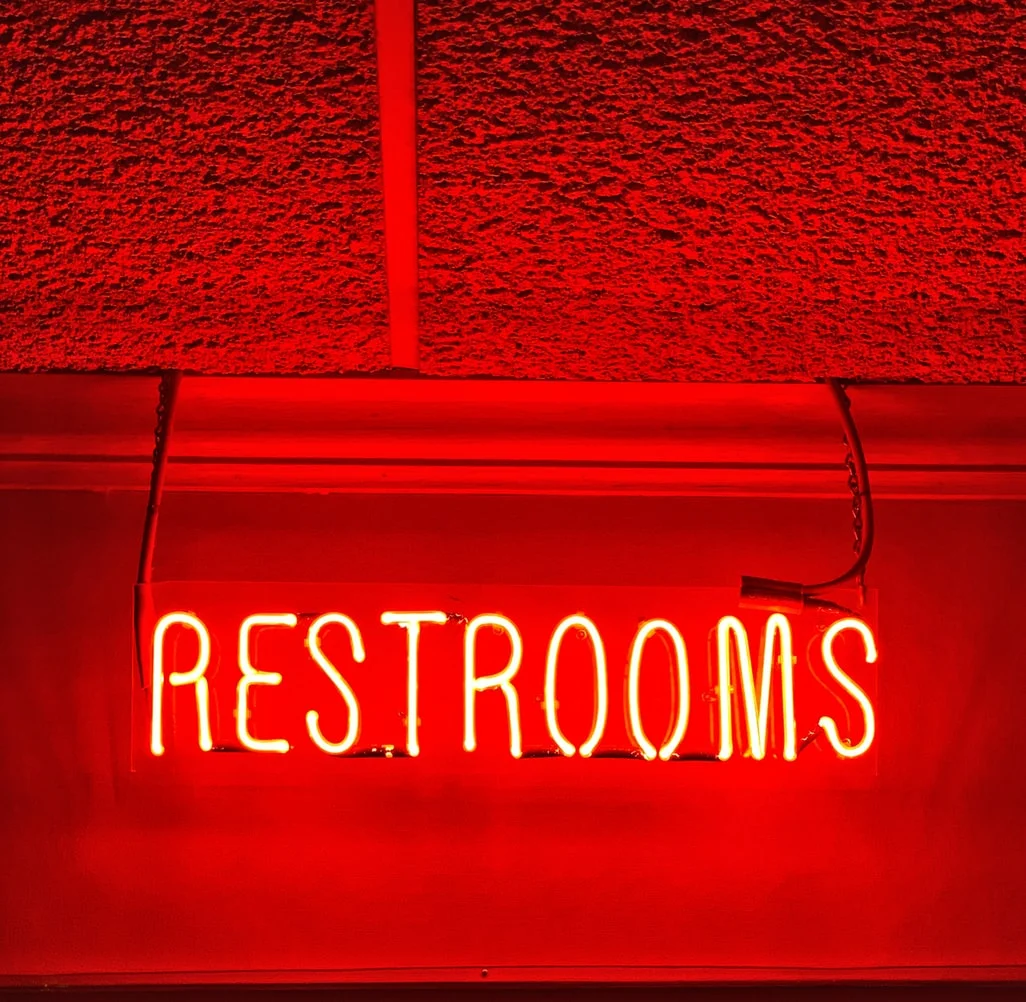(ANALYSIS) Nearly 30% of Americans say they have no religious affiliation. Today the so-called “nones” represent about 30% of Democrats and 12% of Republicans — and they are making their voices heard. Organizations lobby on behalf of atheists, agnostics, secular humanists and other nonreligious people.
Read More(ANALYSIS) This “religiosity gap” remains relevant. A new Pew Research Center analysis noted that, in the 2022 midterms, “The gap in voting preferences by religious attendance was as wide as it's been in any of the last several elections.”
Read More(OPINION) A blockbuster in the November U.S. Religion Census report said that, taken together, nondenominational Protestants number 21 million and are unquestionably the largest U.S. Protestant group, exceeding by millions the largest denomination, the Southern Baptist Convention, and second only to Catholics.
Read More(OPINION) 29% of the adult population currently self-describes as either atheist, agnostic or — by far the biggest category — “nothing in particular” regarding religion. Americans depend on what’s called “organized religion,” actual face-to-face gatherings now weakened by both COVID and societal undertow. Organized secularism simply cannot offer a substitute for building and serving communities.
Read More(OPINION) America's religious congregations have, over all, suffered steady erosion in attendance, membership and vitality since around 2000. Analysts fret that worse may occur after the current COVID-19 emergency finally subsides because myriads of members are now accustomed to worshiping online rather than in person.
Read MorePew Research said that while it is more difficult to measure long-term trends regarding the share of U.S. adults who say religion is an important part of their lives, “the available data indicates that Americans are growing less religious by this measure, too.”
Read MoreThe structure of St. Baglan's Church in North Wales is simple, with plastered stone walls and whitewashed timbers between the slate slabs of its roof and floor. The 13th Century sanctuary was rebuilt in the 1800s, but the carved doorway lintel dates from the 5th or 6th century. An adjacent field contains the 7th Century well of St. Baglan and for ages the faithful sought healing in its waters.
Read More(OPINION) In the first decade of the 21st century, the Pew Research Center began charting a surge of religiously unaffiliated Americans, describing this cohort in a 2012 report with this newsy label – "nones." But, hidden under that "nones" umbrella are divisions that deserve attention. For example, the 2018 Cooperative Congressional Election Study found that 5.7% of the American population is atheist, 5.7% agnostic and 19.9% "nothing in particular."
Read More(OPINION) Religion Unplugged contributor and data journalist Ryan Burge thinks the rising number of Americans who don’t identify with any particular religion may be the most consequential religious group. They are one-fifth of the population and the fastest-growing religious group in the U.S. On point after point, they are notably different from both atheists and agnostics.
Read More(ANALYSIS) Surveys taken before the 2020 election show that women are more likely to identify as religious than their male counterparts.
Read More(OPINION) As liberals increasingly drift away from organized religion, Democrats — with some exceptions — may pin their election hopes on the religiously unaffiliated.
Read More(OPINION) A recent piece in The Atlantic examines how the excesses of progressive politics affect kids. It contains insights into how journalists can better cover the culture war’s religious implications.
Read More(OPINION) The number of religiously unaffiliated people has reached or surpassed some of the largest religious groups in the U.S. Researchers are puzzled about why left-leaning churches are losing so many young people while the country moves left on many moral issues. It may be due to what they think “religious” actually means.
Read More(COMMENTARY) On Election Day 2018, we can expect black Protestants, Latino Catholics and Jews will join the “nones” as solidly Democratic while Mormons plus evangelical Protestants go Republican. More interesting two big blocs of religious swing voters - Non-Hispanic Catholics and white “mainline” Protestants - each have a negative view of President Trump at 52 percent, roughly tracking his standing with the over-all public.
Read More













